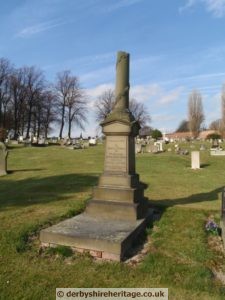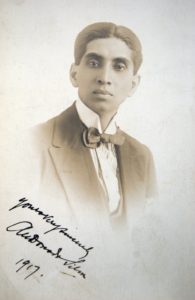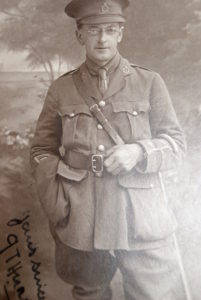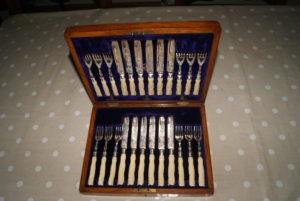During the Great War, Spanish Flu – sometimes called Spanish Lady, killed millions of people throughout the country. This deadly pandemic infected 75% of the population and over 250,000 died as a result.
In 1918, Spanish newspapers reported a widespread flu epidemic sweeping across Europe and gave the number of deaths in Spain. Subsequently the epidemic became known as the Spanish Flu, or the Spanish Lady.
Estimates vary but it is generally accepted that the final world-wide death toll for the period from the spring of 1918 to the summer of 1919 was between 75 and 100 million, with 47 million dying in India alone, thus making it the most devastating disease in human history.
It wasn’t until November 1918, over a year after the outbreak began, that the medical authorities officially made the so-called Spanish Flu a Notifiable Disease.
This epidemic struck in three successive waves.
The first wave arrived in the summer of 1918 and, within ten weeks, it had claimed nineteen lives in the Chesterfield.
A second, more devastating wave came during the early Autumn, and by mid-January had killed another 178 in Chesterfield and a further 1,332 throughout the rest of Derbyshire.
The third wave struck in January 1919 and, by the first week of May, another 42 inhabitants had perished in the Borough, and another 500 in the rest of the County.
This made a total of over two thousand victims in Derbyshire alone, of these 507 were in Chesterfield.
In Spital cemetery is a monument to a local doctor, Dr. Antonio Nicholau Da Silva, who died from this virulent mutation of the influenza virus as a result of becoming infected during his work in the community.
He qualified at Edinburgh medical school and took a position in Chesterfield where he was both a popular and successful physician. He became engaged to be married to a local woman, Ethel Cutts.
In an effort to contain the Chesterfield outbreak all schools and public amenities were closed. The Queens Park was closed, outdoor markets were suspended and everyone was advised to stay indoors and to travel only if absolutely necessary; bus services were cancelled, railways were closed and only goods trains operated; post went undelivered for weeks on end, as did coal, bread, milk and other commodities. Labour shortages caused temporary shut-downs of local factories, collieries went on short-time through lack of available manpower, and almost every industry suffered as the death toll rose.
Local newspapers of the day carried notices that children under fourteen would not be admitted to theatres or public cinemas for fear of catching the infection, and Greaves’ the Chemist in the town requested the urgent return of medicine bottles, reporting a” serious shortage owing to demand’.
Prior to this in the summer of 1918, Dr. Da Silva had visited his mother in Portuguese India and his uncle back home in Portugal then returned to Edinburgh to continue his studies to become a Fellow of the Royal Society of Surgeons.
During a half term break in early October he visited his fiance in Chesterfield and immediately helped to tend the sick and dying.
Known as the ‘three-day fever’ because after three days of coughing and sneezing, the patient either survived – or died.
Symptoms slightly resembled those of the plague, and in the latter stages the victim developed black and blue blotches on the face and body, the result of cyanosis caused by a lack of oxygen. As with pneumonia, with which the virus was frequently confused, the lungs and respiratory system were attacked and the victims slowly drowned in their own fluid.
On Tuesday 22nd October Doctor Antonio da Silva also succumbed to the pandemic and died of double pneumonia.
The funeral service and interment at Spital was attended by a large crowd his fiancee dropped a single red rose on his coffin. The local newspaper carried an acknowledgement from Miss Cutts, thanking the local people for their support, and the column which now stands broken, was erected in his memory.
It reads:
“Unforgotten
In loving memory of Dr. Antonio Nicholau Da Silva LRCP&S
Died October 22nd 1918
After life’s fitful fever – he sleeps well”
Ethel Cutts was able to go on to marry and live a long and happy life.
The following information was provided by Giles Bradley from personal family records.
Da Silva’s boss Dr JI Hurst in military uniform. He certified the cause of death. A copy of the Death certificate was printed in the Reflections magazine article and said the Dr had suffered with influenza for 9 days and pneumonia for 6 days.
| Mrs Ethel Smith Hodson – widwife who worked with Da Silva. Giles Bradley’s great grandmother.
|
|
Gift presented to Mrs Hodson by Da Silva. It was a gift to Giles Bradley’s Great Grandmother Ethel from Dr DaSilva when he left for Edinburgh to continue his studies. |
This letter of thanks was sent to Mrs Hodson. It was written 6th June 1918, he died a short while later on the 22nd October 1918.
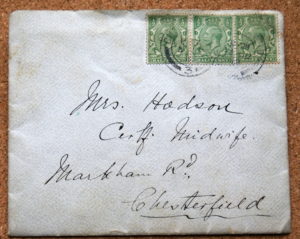 |
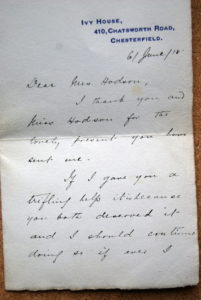 |
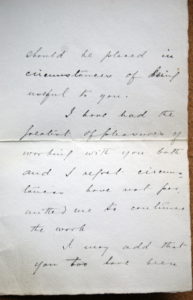 |
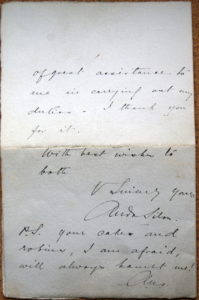 |

